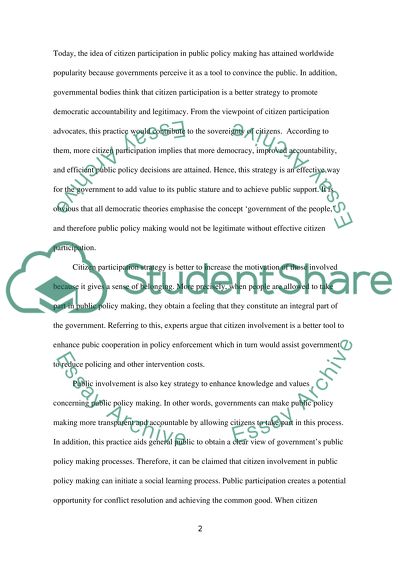Cite this document
(“How can Chinese citizens participate in public policy making Essay”, n.d.)
How can Chinese citizens participate in public policy making Essay. Retrieved from https://studentshare.org/sociology/1475329-how-can-chinese-citizens-participate-in-public
How can Chinese citizens participate in public policy making Essay. Retrieved from https://studentshare.org/sociology/1475329-how-can-chinese-citizens-participate-in-public
(How Can Chinese Citizens Participate in Public Policy Making Essay)
How Can Chinese Citizens Participate in Public Policy Making Essay. https://studentshare.org/sociology/1475329-how-can-chinese-citizens-participate-in-public.
How Can Chinese Citizens Participate in Public Policy Making Essay. https://studentshare.org/sociology/1475329-how-can-chinese-citizens-participate-in-public.
“How Can Chinese Citizens Participate in Public Policy Making Essay”, n.d. https://studentshare.org/sociology/1475329-how-can-chinese-citizens-participate-in-public.


